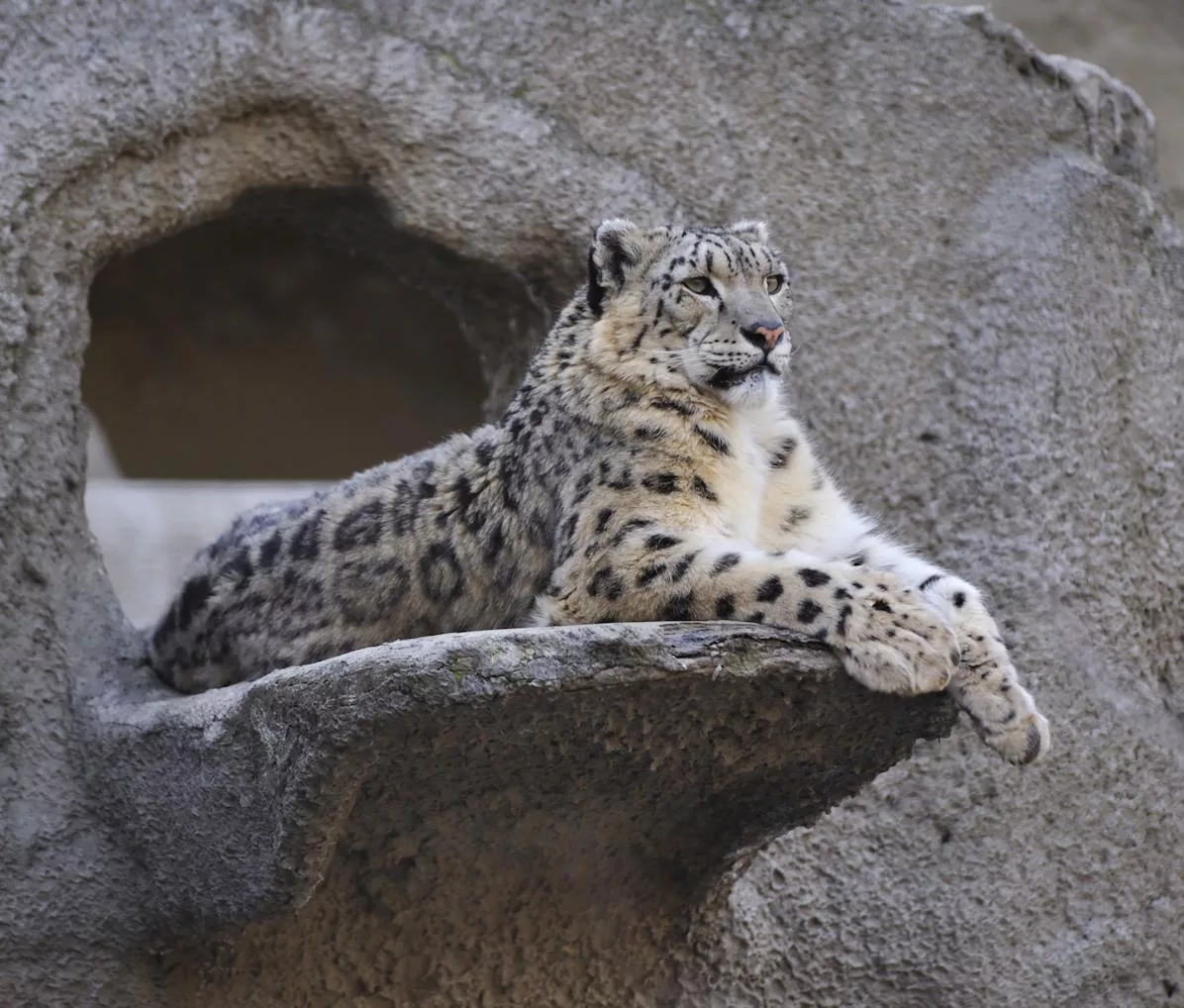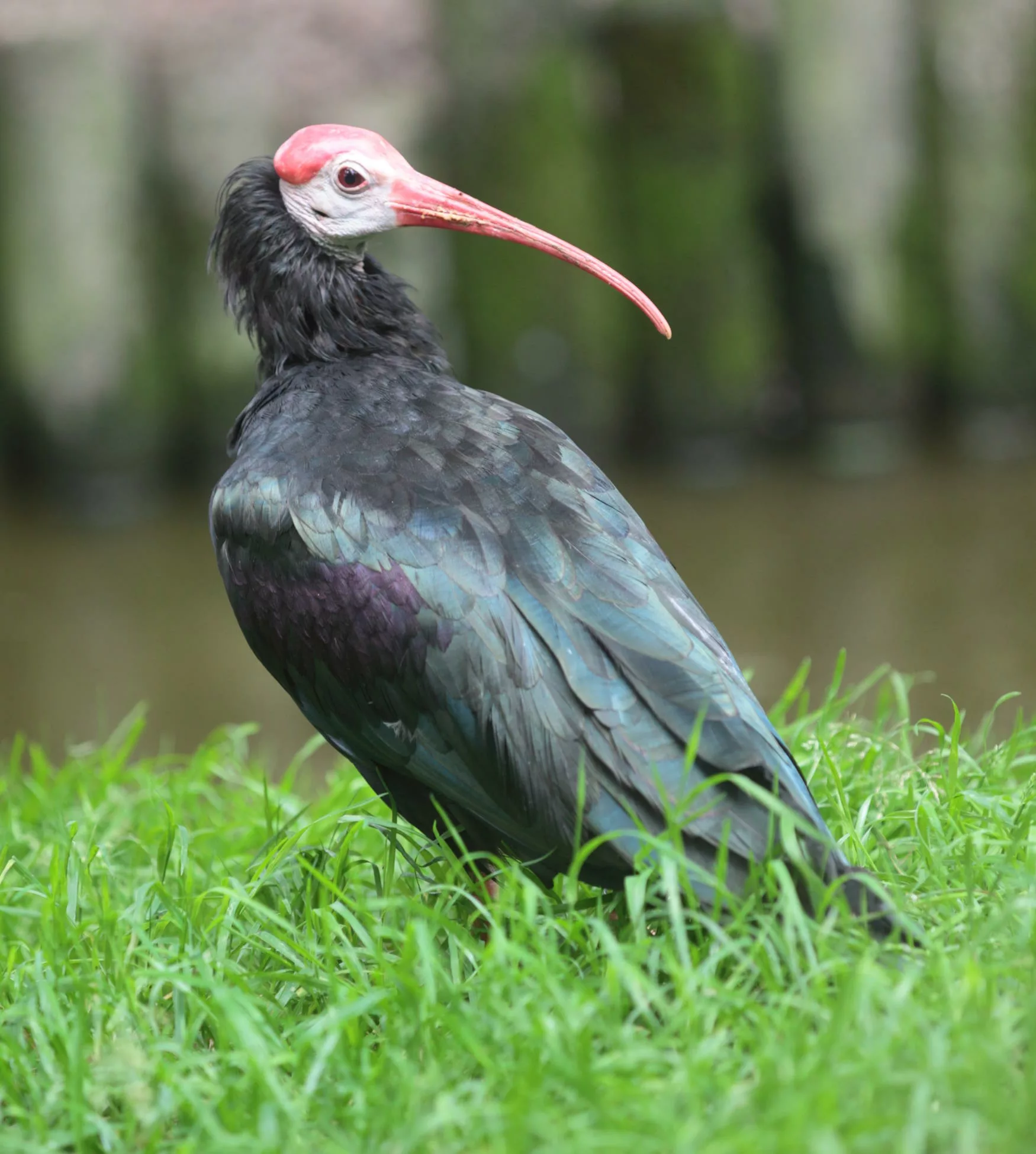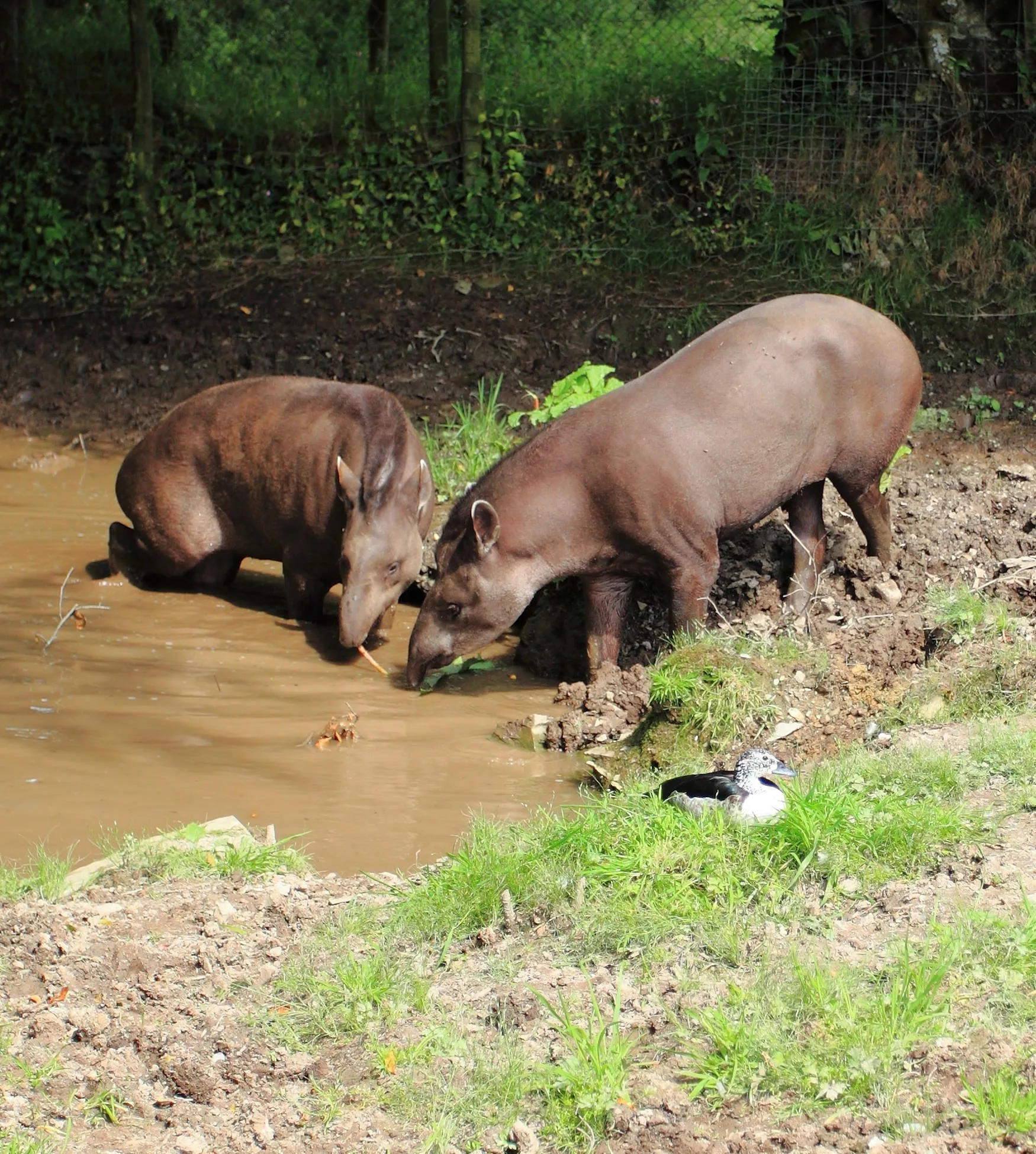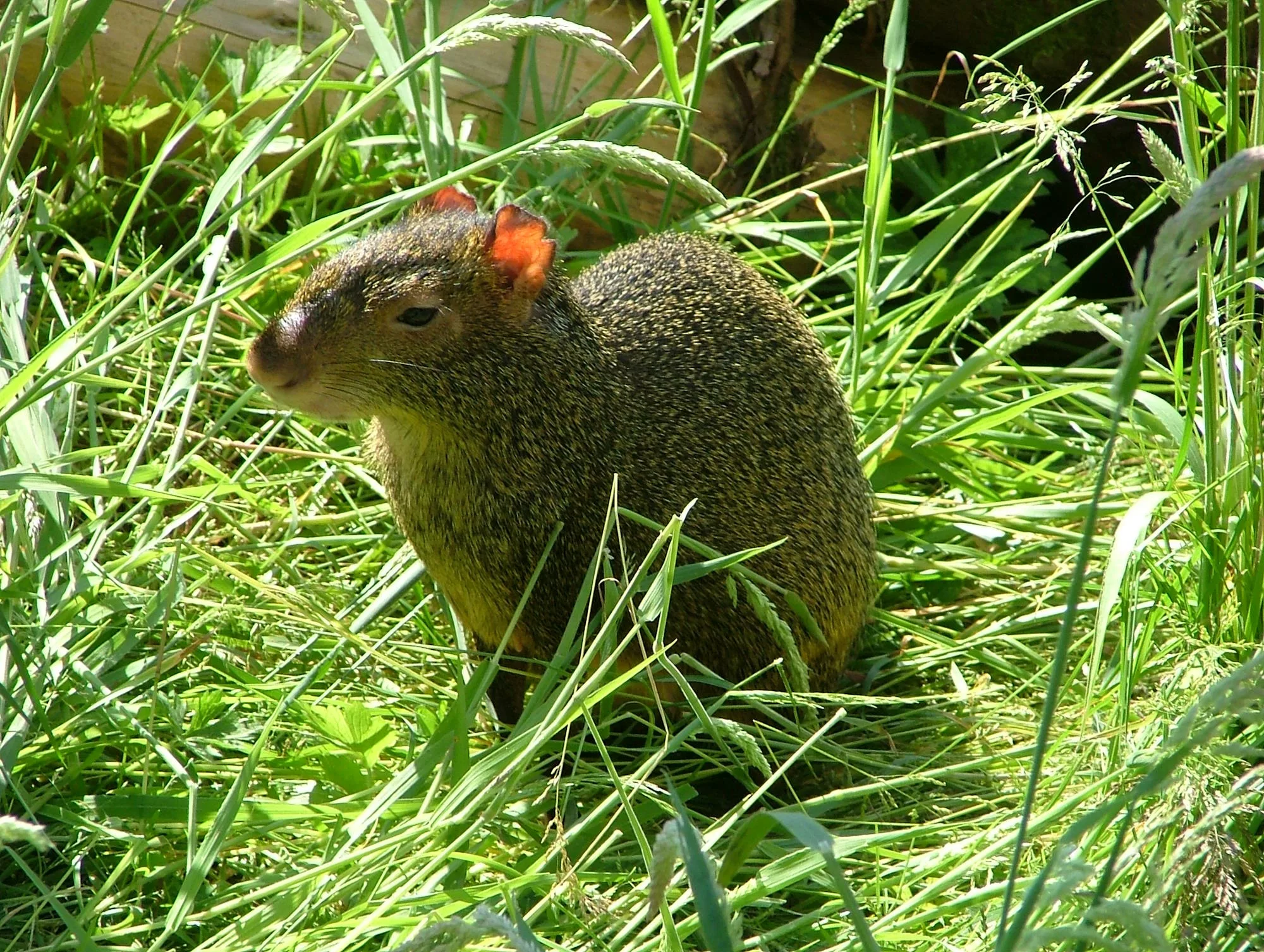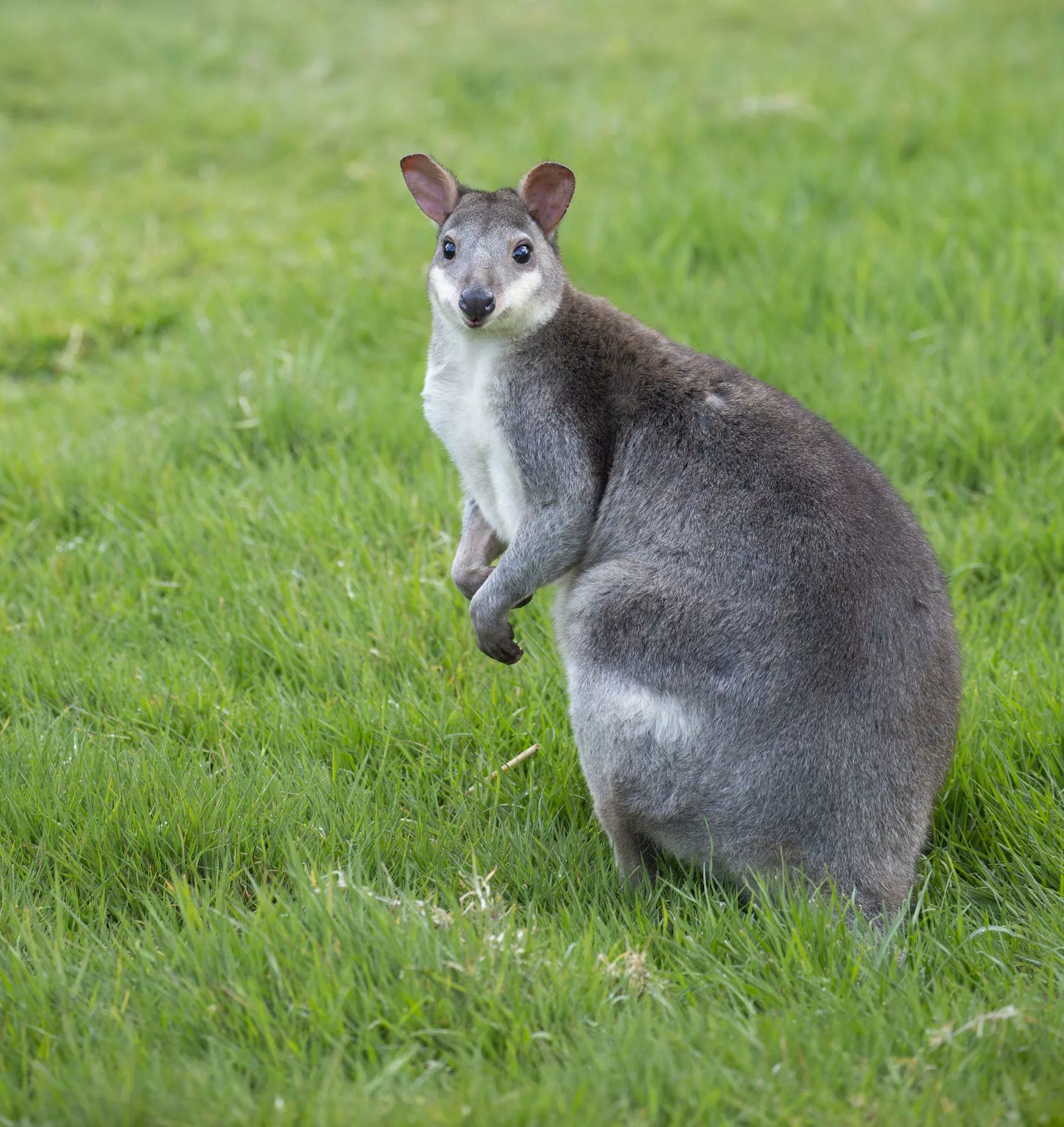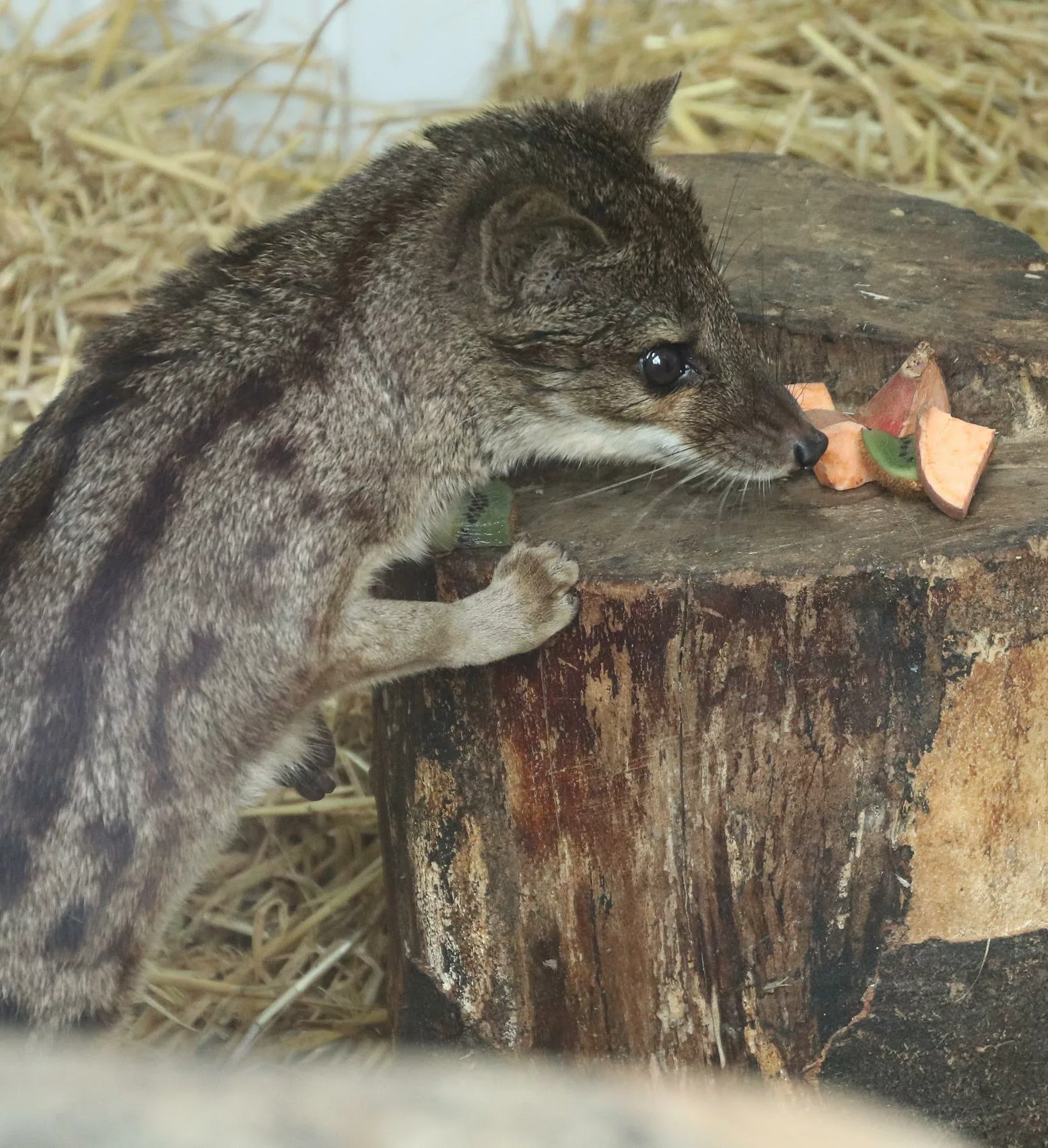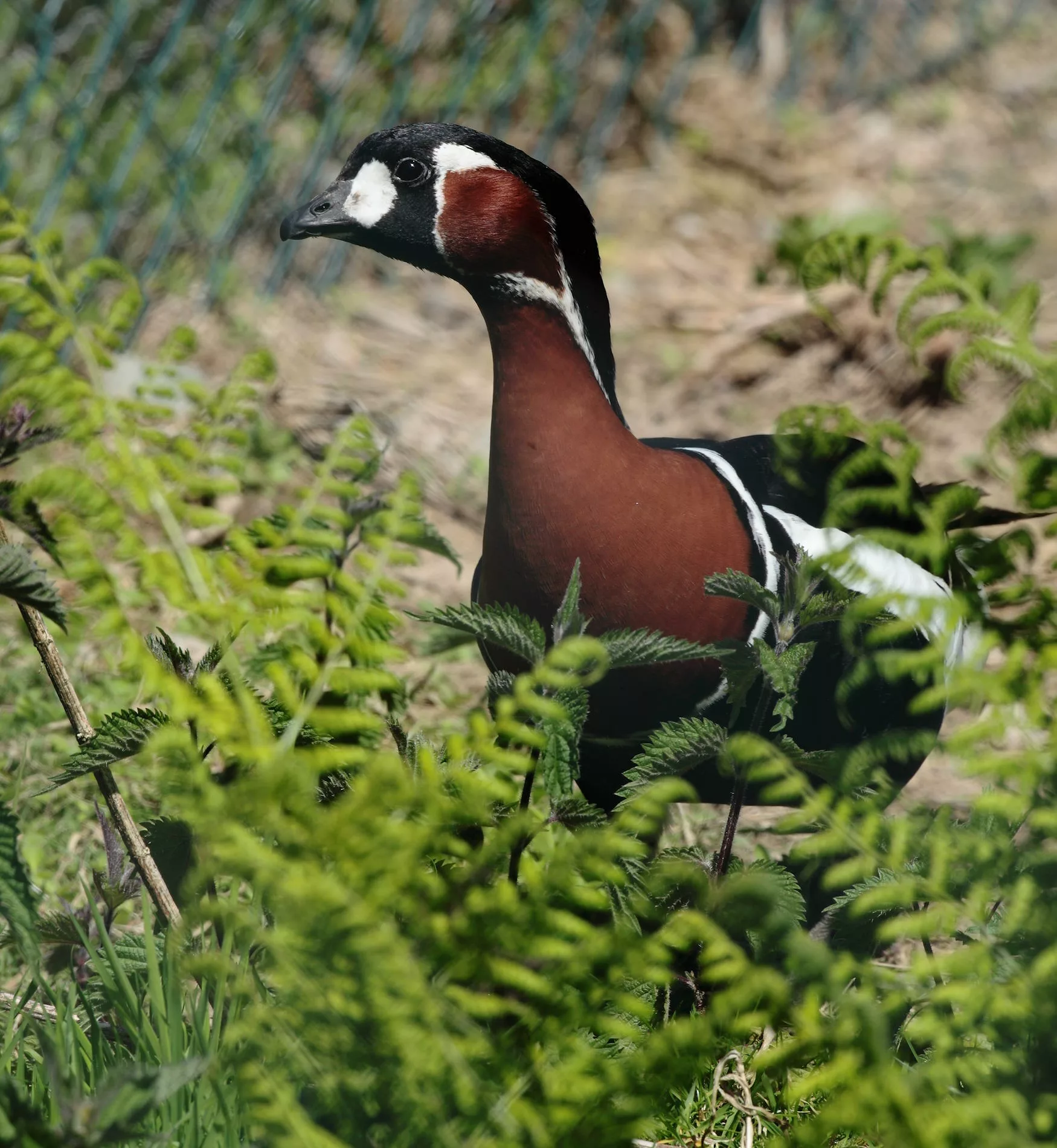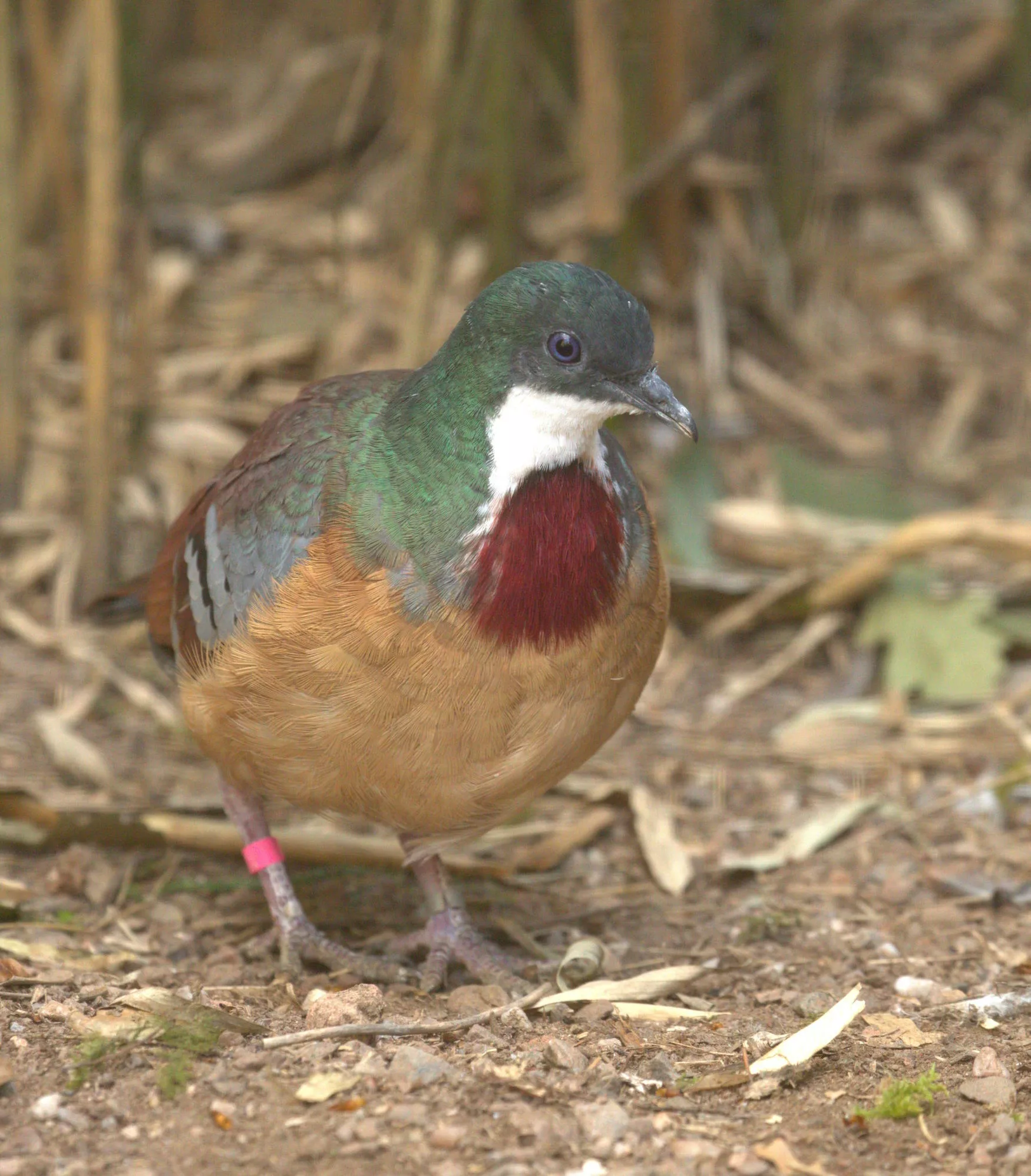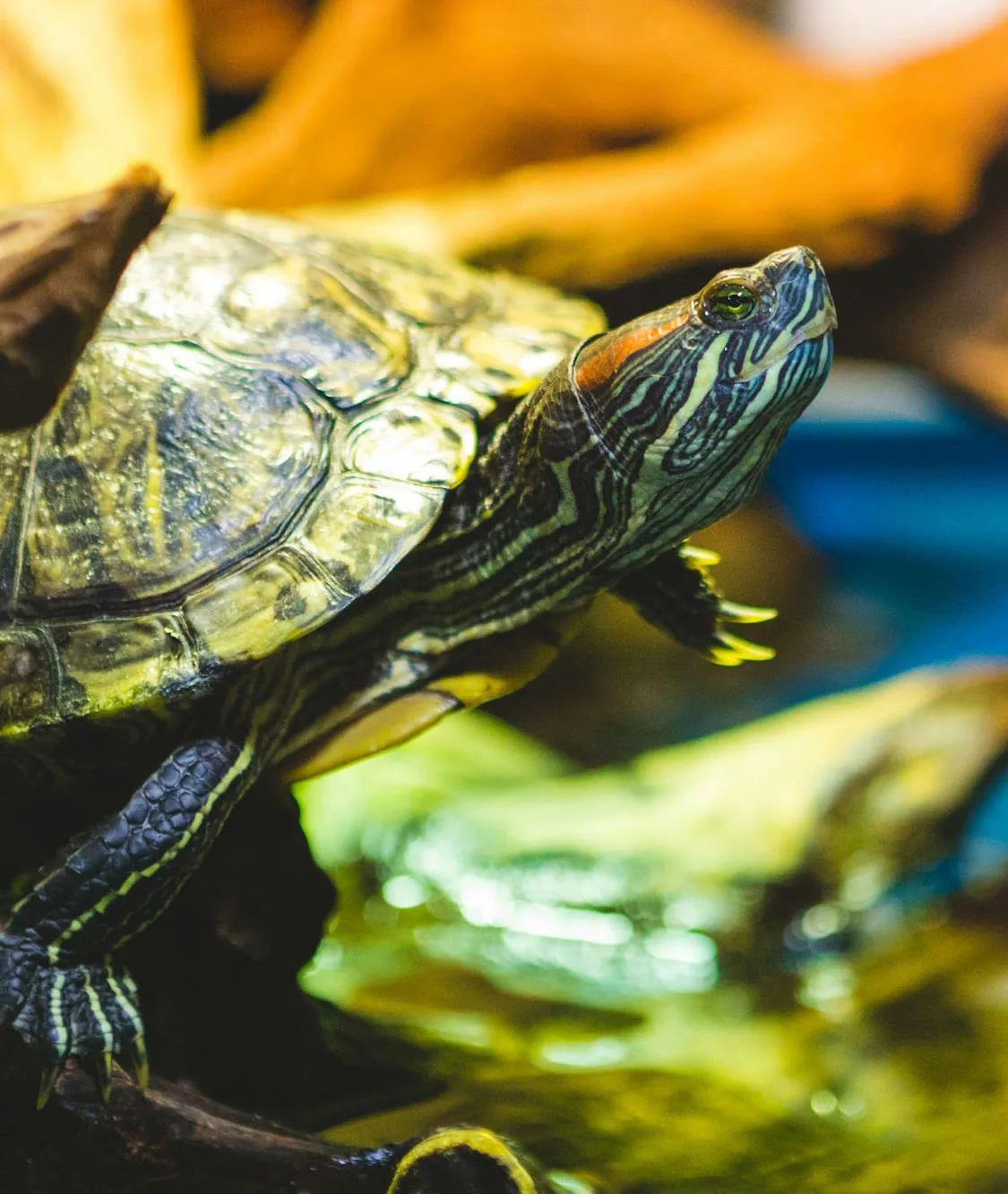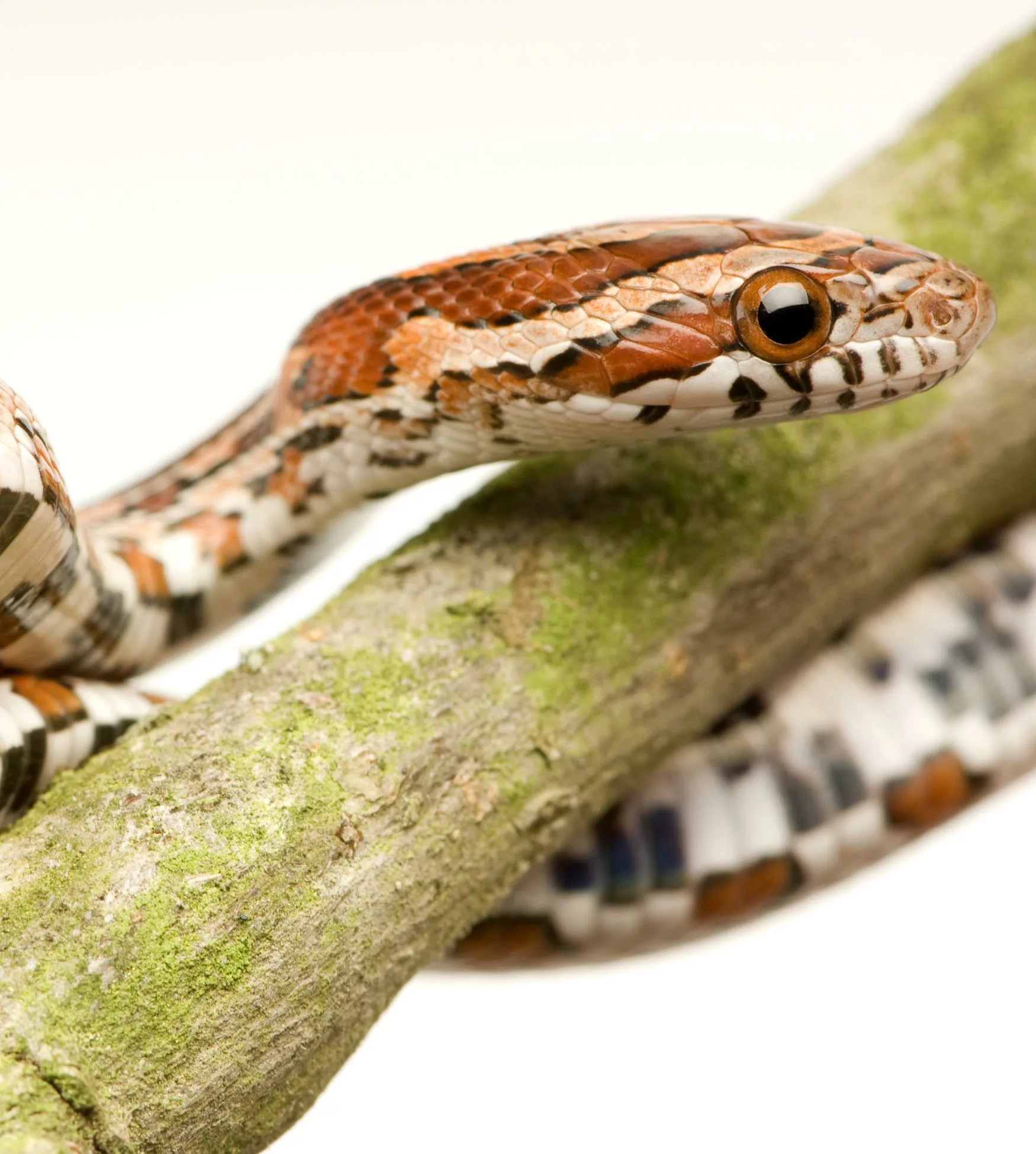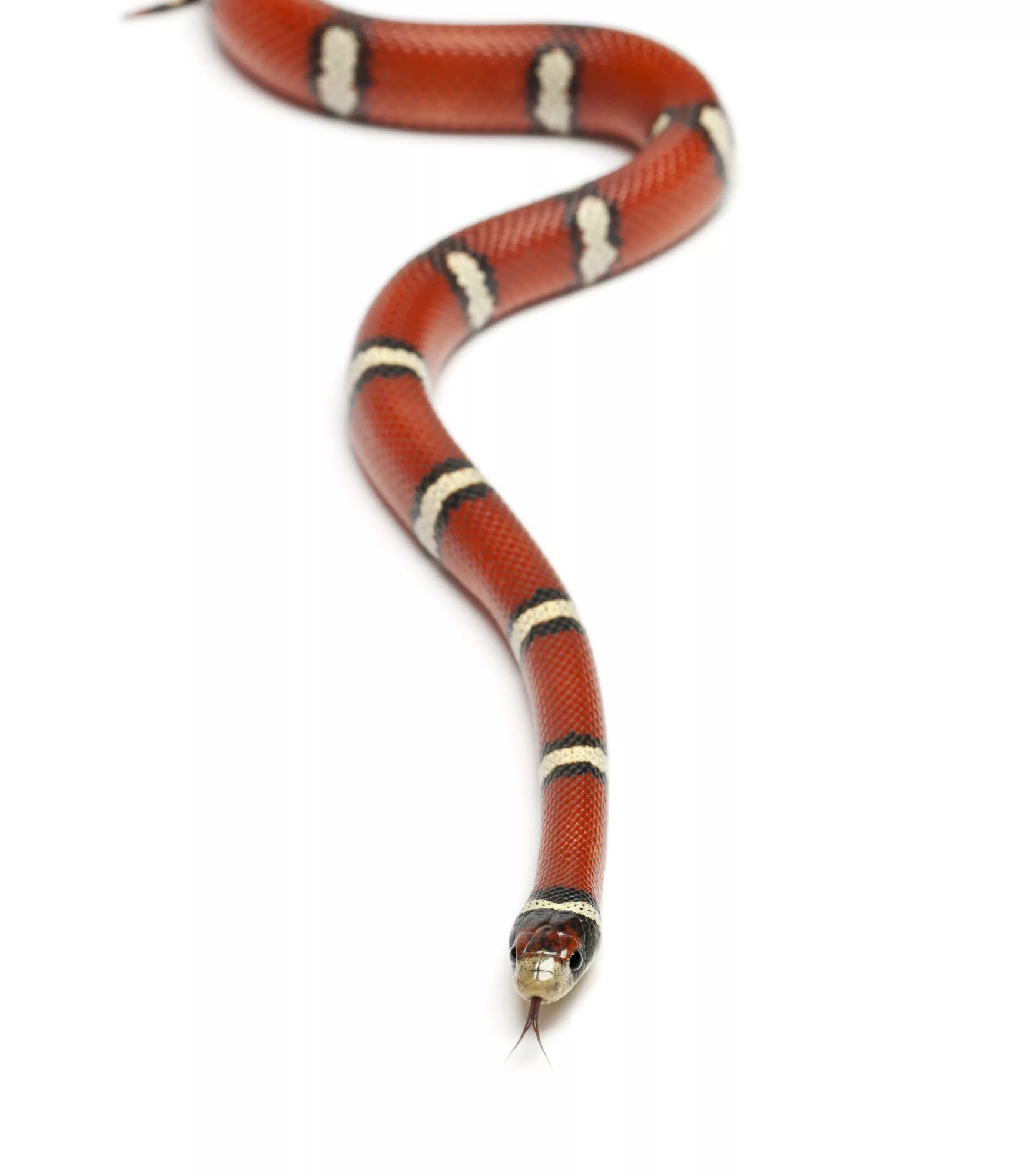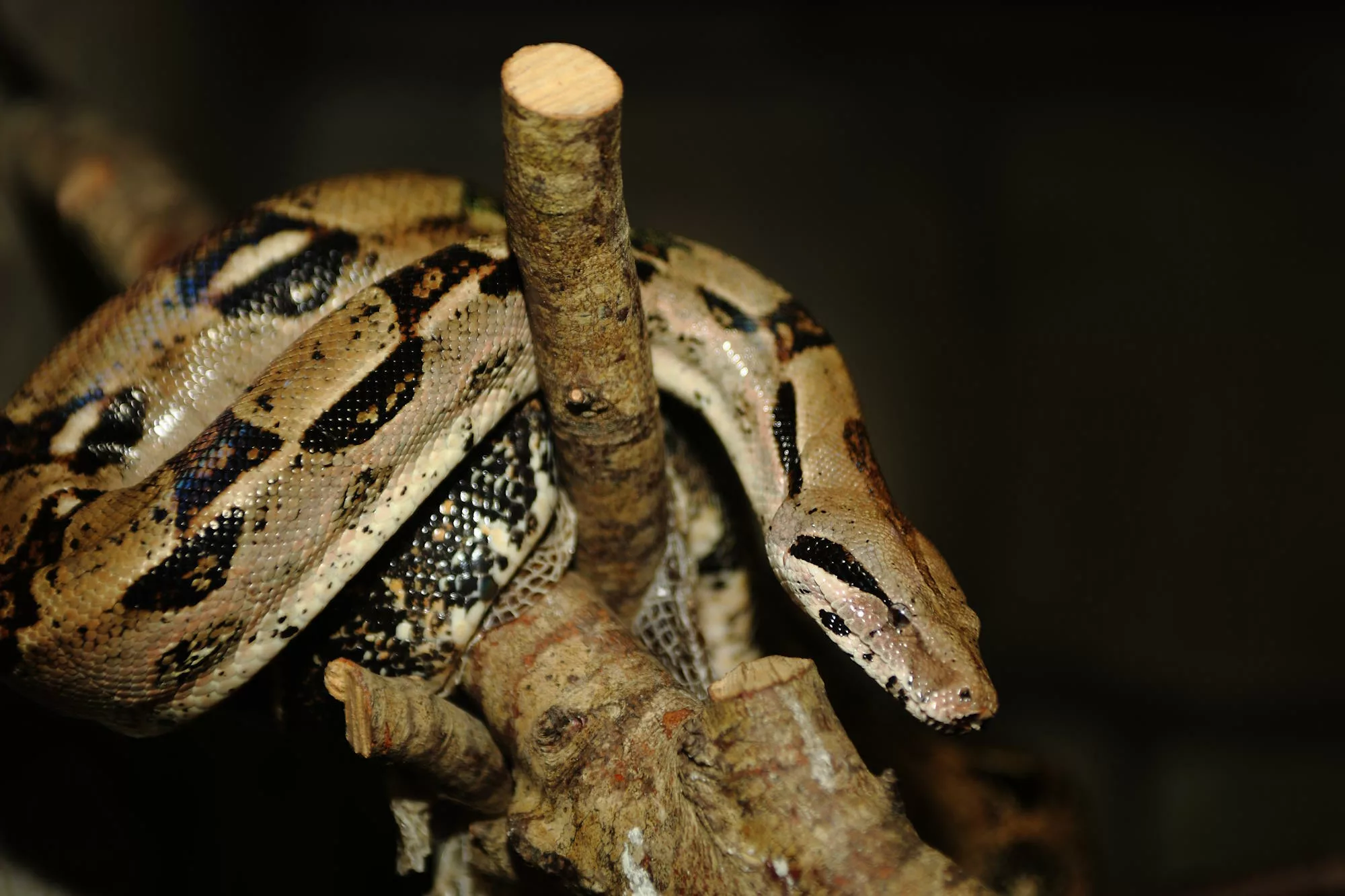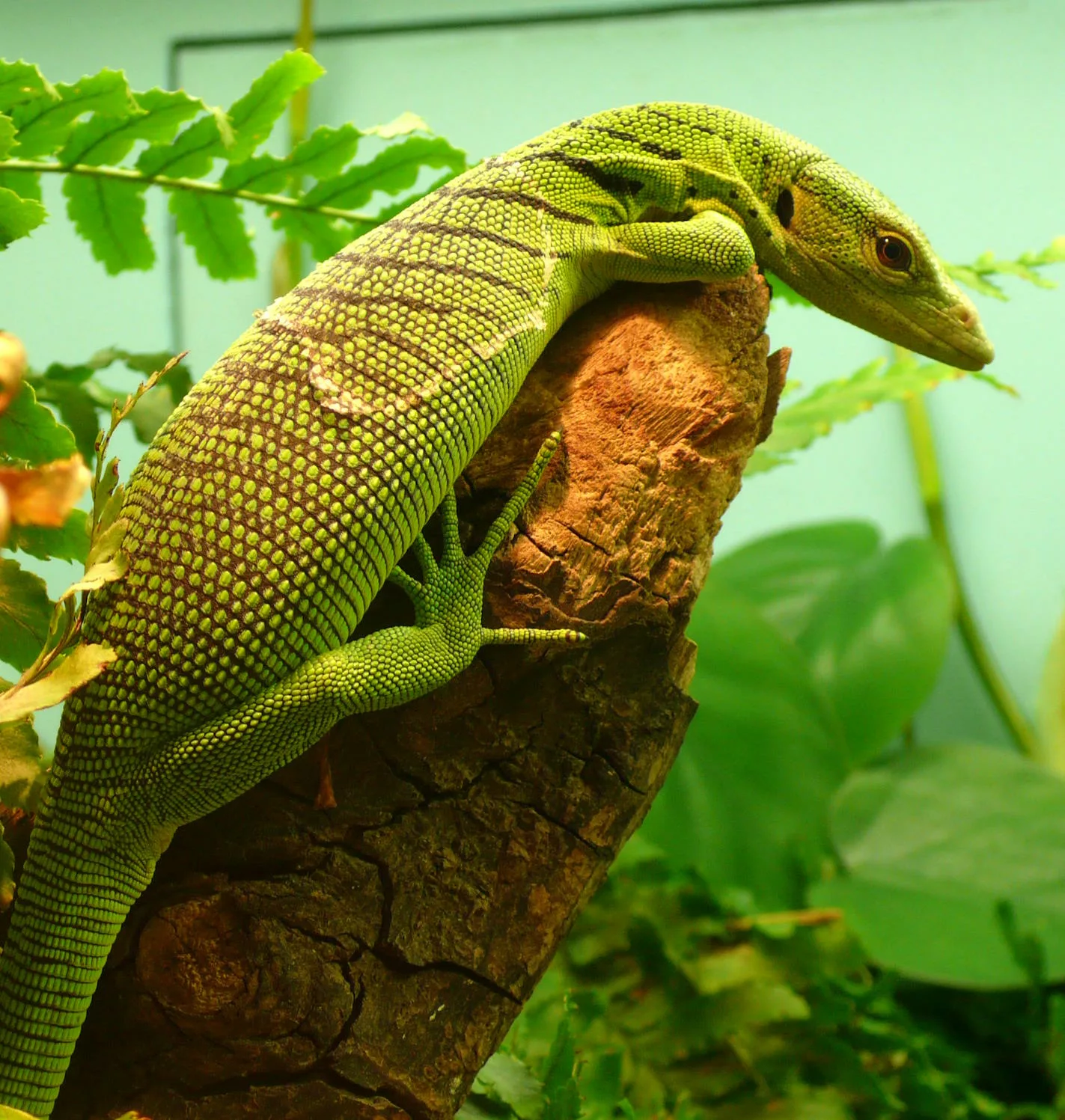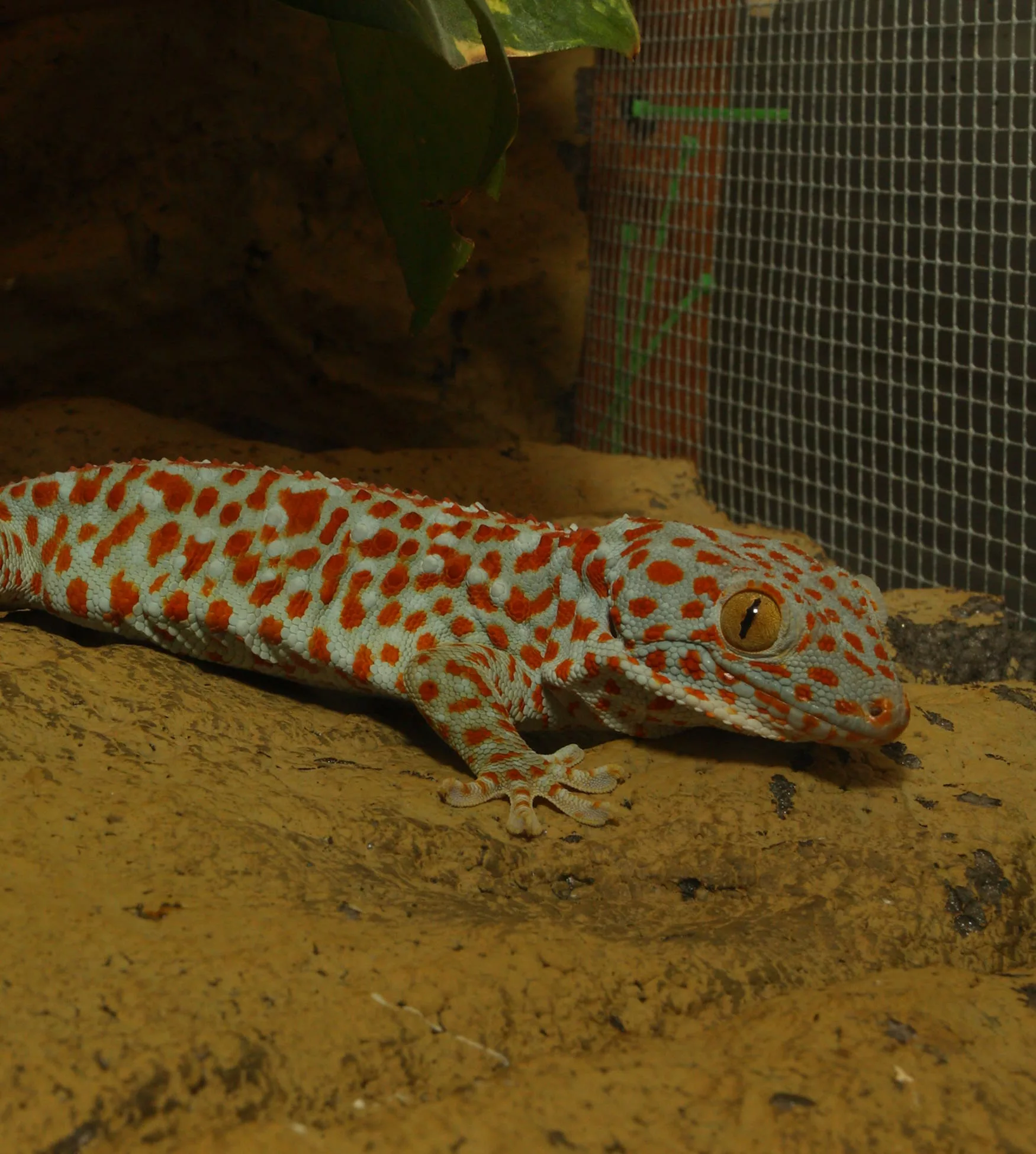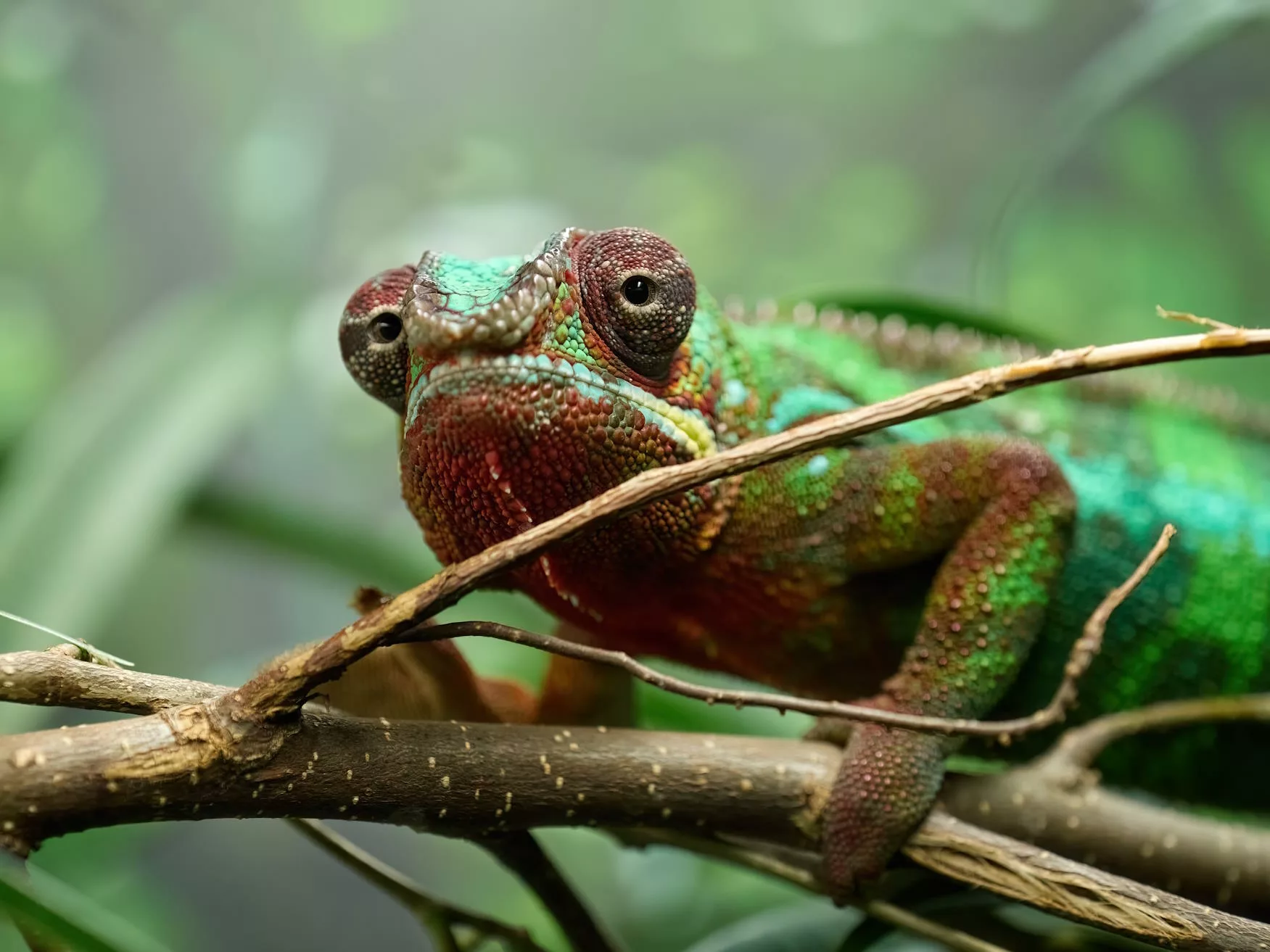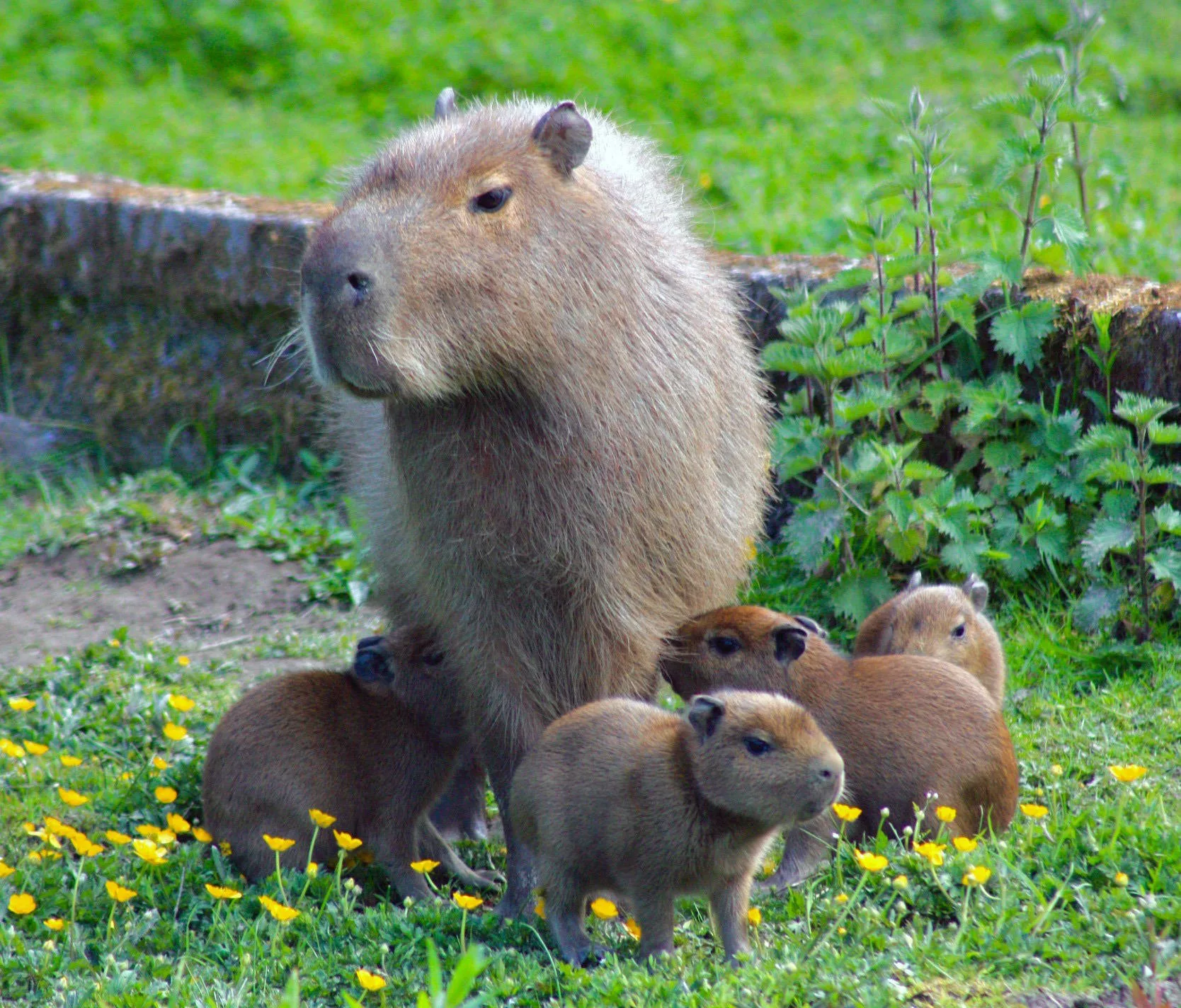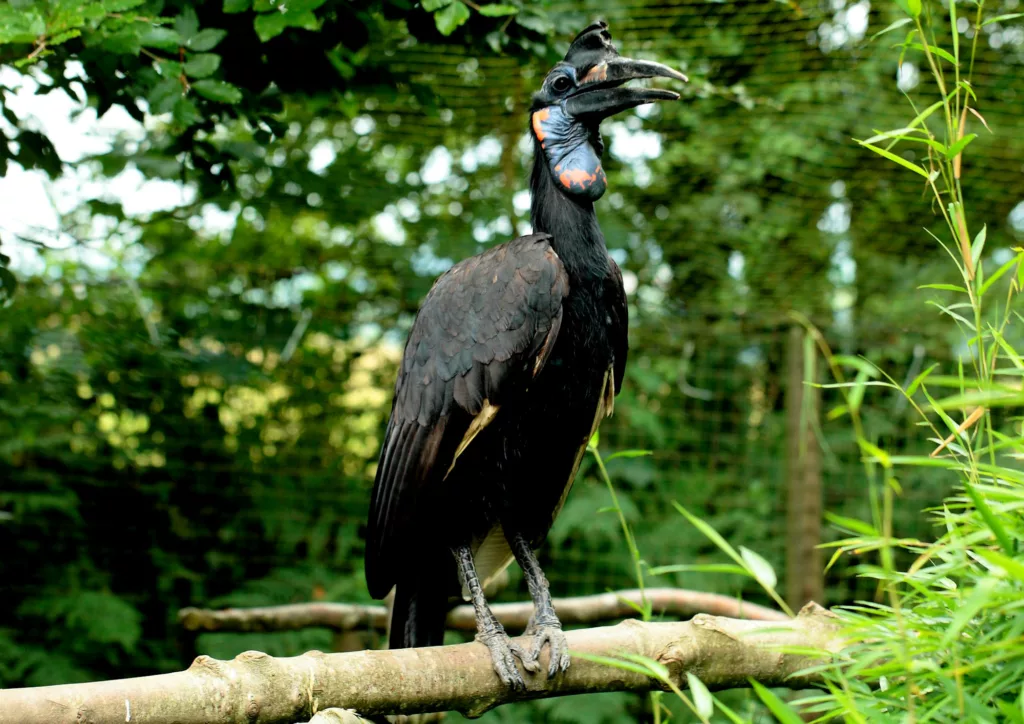
Abyssinian ground hornbill
Scientific name: Bucorvus abyssinicus
IUCN listed as: Vulnerable
Learn before you visit!
Here are some facts about the species – Discover what they eat, find out about their natural habitat, see what they like to do, and more… Set the reading style to suit you too, everyday speak or something aimed towards children.
Child-friendly
Everyday
Diet
Abyssinian ground hornbills have a diverse diet, including insects, small vertebrates, and fruits. Their strong bills enable them to catch prey such as beetles, grasshoppers, and termites. They also consume small reptiles, rodents, and bird eggs when available, supplementing their diet with fruits and berries found in trees or on the ground. This adaptability allows them to thrive in various habitats across sub-Saharan Africa.
Abyssinian ground hornbills eat bugs, small animals, and fruits. They use their strong beaks to catch insects like beetles and grasshoppers. Sometimes they eat lizards, rodents, and even bird eggs. They also like to munch on berries and fruits they find in trees or on the ground.
Breeding
Breeding among Abyssinian ground hornbills involves monogamous pairs nesting in natural cavities within trees, cliffs, or riverbanks. The female lays 1-3 eggs, which both parents incubate for about 40 days until hatching. Afterward, they jointly care for the chicks, providing food and protection until they fledge.
Successful breeding contributes to the conservation of this species and helps maintain ecosystem balance.
Abyssinian ground hornbills make families and have babies called chicks. They find a hole in a tree or a cliff to lay their eggs. Both parents take turns keeping the eggs warm until they hatch. When the chicks are born, the parents feed them and keep them safe until they can fly on their own.
Habitat
Abyssinian ground hornbills inhabit a range of habitats, including savannas, woodlands, and open grasslands across sub-Saharan Africa. They prefer areas with scattered trees and shrubs, which provide suitable nesting sites and access to food sources. Proximity to water sources such as rivers or streams is essential for their survival. However, habitat loss due to human activities poses a significant threat to their population.
Abyssinian ground hornbills live in different places in Africa, like savannas and forests. They like areas with some trees and bushes and need water nearby. But people cutting down trees and making farms can make it hard for them to find homes and food.
At the zoo
We have had a pair of these that have bred for the last 8 years or so. As far as we know this was the only pair of this species currently breeding in Europe at the time! “Brutus and Bronte” were both hand reared individuals and although we got fertile eggs from the pairing they did not make good parents despite being given chances to learn so we hand rear their young! Just recently we lost “Brutus” due to arthritic feet complications and we are searching for a new husband for “Bronte”.
For about 8 years, we had a pair of these birds that had babies. They were the only ones in Europe doing this! The birds, named “Brutus and Bronte,” were raised by humans from a young age. Even though they had babies, they weren’t good at being parents, so we had to help raise their babies. Sadly, “Brutus” got sick and passed away, so now we’re looking for a new friend for “Bronte”.
Behaviour
Abyssinian ground hornbills are social birds often seen in family groups or pairs. They communicate through vocalizations and physical displays to maintain social cohesion. Primarily terrestrial, they spend much of their time foraging on the ground for insects and small vertebrates. While capable of flight, they are more commonly observed walking or running. This unique combination of sociality and adaptability contributes to their success in their natural habitat.
Abyssinian ground hornbills are friendly birds that like to be together. They talk to each other with loud calls and sometimes clap their bills. They spend most of their time walking around, looking for food on the ground. Even though they can fly, they prefer to walk or run.
Fun facts
- Social Birds: Abyssinian ground hornbills are social, often found in family groups or pairs.
- Ground Dwellers: Despite flying ability, they spend most time walking or running on the ground.
- Varied Diet: Their diet includes insects, small vertebrates, and fruits found while foraging.
- Nesting Behaviour: They make nests in natural cavities within trees, cliffs, or riverbanks.
- Conservation Concerns: Habitat loss threatens Abyssinian ground hornbills; conservation efforts are crucial.
- Friends and Family: Abyssinian ground hornbills like to hang out with their family or in pairs.
- On the Ground: They prefer walking or running on the ground, even though they can fly.
- Bug Buffet: These birds enjoy eating bugs, small animals, and fruits they find.
- Home Sweet Home: They make their nests in holes in trees, cliffs, or riverbanks.
- Protecting Their Homes: These birds need our help because their homes are getting smaller.
More animals to discover at our zoo
Quick Links
Tickets & Prices
You can buy tickets for Exmoor Zoo securely online, as well as finding out more price options, discover offers, and more…
What’s on…
Exmoor Zoo hosts incredible Events all through the year. You can find out about what we’ve got in store here…
Routes & info
Like any great discovery, Exmoor Zoo can feel a little off the beaten path – but don’t worry – you can plan your journey with our recommended routes and other useful travel info.
